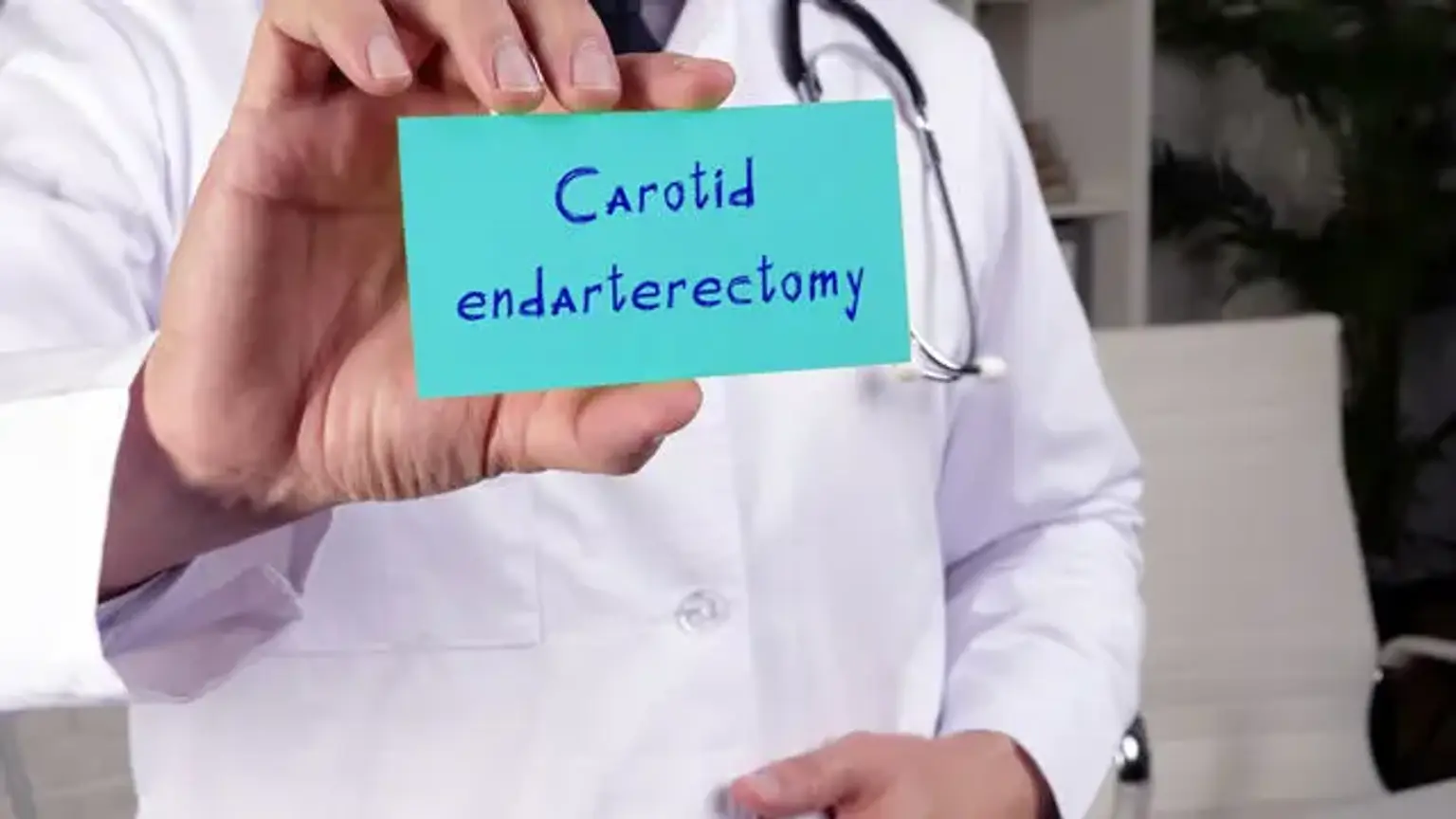Carotid Endarterectomy
Overview
Plaque buildup in the carotid artery can cause atherosclerosis and stenosis, which may or may not be clinically symptomatic. This type of carotid artery disease raises the risk of cerebrovascular disease and stroke. Carotid endarterectomy (CEA) is a surgical procedure used to reduce the risk of stroke in patients who have known cerebrovascular atherosclerotic disease.
The technique involves eliminating plaque from the common and/or internal carotid arteries in order to enhance blood flow and eliminate possible embolic debris, restoring more normal cerebral blood flow. Carotid artery reconstructions first appeared in the early 1950s, and techniques for carotid endarterectomy surgeries, as well as reasons for them, have changed since then.
